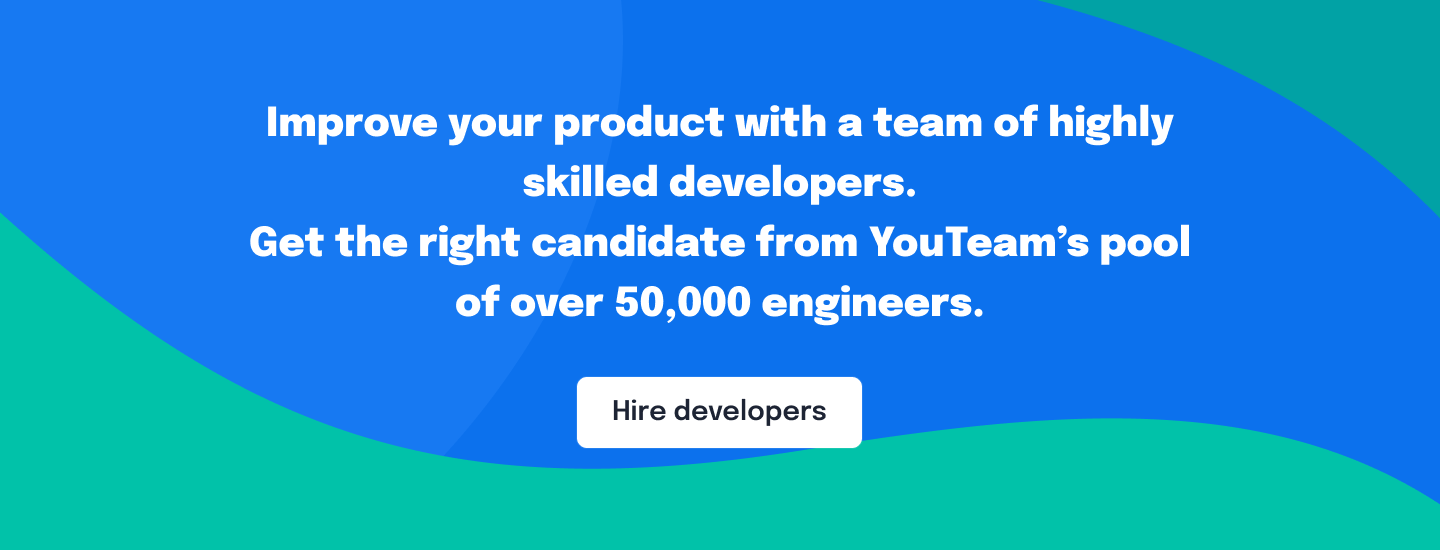Having read during PM practice dozens of articles and approaches on how to conduct the best 1:1s, I have been puzzled when choosing the best one, and each time when coming to a new project/team, the question was raised again and again.
In this article, I want to cover the most practical side of the topic that you won’t find in any Project Management related articles or books. I will give you practical tips based on my professional experience and what is important to pay attention to 🙂
Preparation
1. Define the target audience of your 1:1
When arranging a face-to-face meeting, it sounds obvious that you should know with whom you are going to speak. However, it is not always so, especially when you are communicating with a team member for the first time or at the very start of the project.
In this case, try to find out as much information about a person with whom you are speaking as possible: for example, his/her way of doing work tasks, professional background, achievements, most productive mode of working, interests, etc.
2. Define the Goal
Before arranging one-on-ones, I usually prepare to answer those questions:
- What is the expected outcome of it?
- What should it give to my opponent and me?
- What is the goal of our meeting?
For me, for example, 1:1 is the best way to build trustful relations with a team member and produce better results in the future. This meeting means that you value a person you speak with, value his/her ideas and approach, and invest your time regularly for the future and better project results.
This is where a Project Manager can get useful insights and points for project improvements.
The topics that I suggest for discussion during 1:1 can be salary, budget questions, further project plans, feedback from stakeholders, any related and useful information for the project information, and any obstacles, bottlenecks, or hidden issues. This meeting can also help you understand your teammate’s priorities, drivers, and motivators.
3. Preparation before 1:1
If you see that you can be late, it is better to reschedule 1:1 for a mutually convenient time slot.
However, be careful; repeated rescheduling, moving, or skipping one-on-ones can negatively influence the outcomes and level of trust between you and another person.
As a best practice, PM should schedule 1:1 beforehand and make it recurring on a regular basis. The time and regularity should be stable, so each team member gets used to it.
As a tip, I would advise if there is silence or any undesirable topics arise, to feel more comfortable, the PM should prepare several questions beforehand to cover during 1:1.
Conducting One-on-ones
Tips on how to conduct
- When conducting the first 1:1, do not forget to mention that the sessions will be recurring. The PM should give a short description and provide suggestions for the first session and topics for discussion.
- It should flow in an easy and natural way. Too much preparation and any tension can destroy the main purpose of this meeting.
- Open and trustful communication and reliable relations are important.
- No interruptions during 1:1. The main focus of the PM during the meeting should be on the person with whom he/she is speaking. Any interruptions are forbidden because it shows disrespect.
- The Project Manager should talk during 1:1 as little as possible. It means that this is not a meeting for the PM to speak but rather to listen. Over 60% should be for team members to speak, and for PM, it is near 10-20%.
- Listen attentively and try to take notes, and ask open questions.
- Try to keep your 1:1 less formal and private. It means that what was discussed with this person should be kept confidential, just with those involved.
Outcomes of One-on-ones
- PMs can better understand people’s work habits and use this when planning work activities.
- PM can discover his/her team members’ productivity modes. So in the future, it can help to support the team to work more efficiently.
- It is also beneficial to receive open feedback on yourself and your work as PM from your team members, so it is often called 360-degree feedback. This is one of the ways to improve as a professional and use feedback to become a better professional.
What to do if an employee raises a salary question during 1:1?
When an employee is asking for a promotion/salary increase, just do not panic, but try to ask clarifying questions like these:
- What is the reason for your request? What are the suggested minimum and maximum for the increase?
- Which factors are you considering when asking for a salary review, and what are important ones for you?
- What are other benefits from those that the company provides important for you?
- What is your promotion plan for this year? Do you have any terms for the promotion planned?
- How do you suggest your development in the company from a long-term perspective? How is your promotion plan related to it?
It is also useful to reveal if an employee has any financial obligations like credit, mortgage, etc.
After gathering this information, usually starts the salary review/promotion procedure that applies in your company. The main thing here is to document all agreements (mail, Confluence, etc.) and set plans and realistic timeframes, considering all project and company-related factors.
Tip: I usually plan salary reviews and promotions beforehand to prevent raising this topic from the employee’s side.
Summarizing
Among sensitive topics are budget and salary, so you should consider very carefully with whom you are speaking and how these topics will influence your project goals.
The most common situations when a PM should discuss a budget with a stakeholder: if this stakeholder is a project finance decision maker or has an impact on other stakeholders responsible for this.
Salary topics on 1:1s should be raised by the PM only when he/she has prepared different scenarios to propose for the employee based on the employee’s performance, goals achievement, client feedback, and loyalty to the company.
Making notes during 1:1 will make it easier for you to share with employee/stakeholders a 1:1 summary. You can use it anyway: send it via email, put it on Confluence on a restricted page, share it in Google table with employee/stakeholders, etc. The main point is that the summary should cover:
- discussed items;
- agreed items;
- highlights;
- action items.
To sum up, the best way to conduct effective 1:1 is to follow communication best practices, the main of which are:
- don’t interrupt;
- listen attentively;
- be polite;
- ask questions;
- don’t just criticize and blame; better give positive feedback and prize when it is appropriate and deserved;
- sum up at the end.
Just try to be fair and follow the set goals and topics in a natural flow. Start practicing it on the regular basis and you will see that you adore it. Good luck with practicing One-on-ones!







